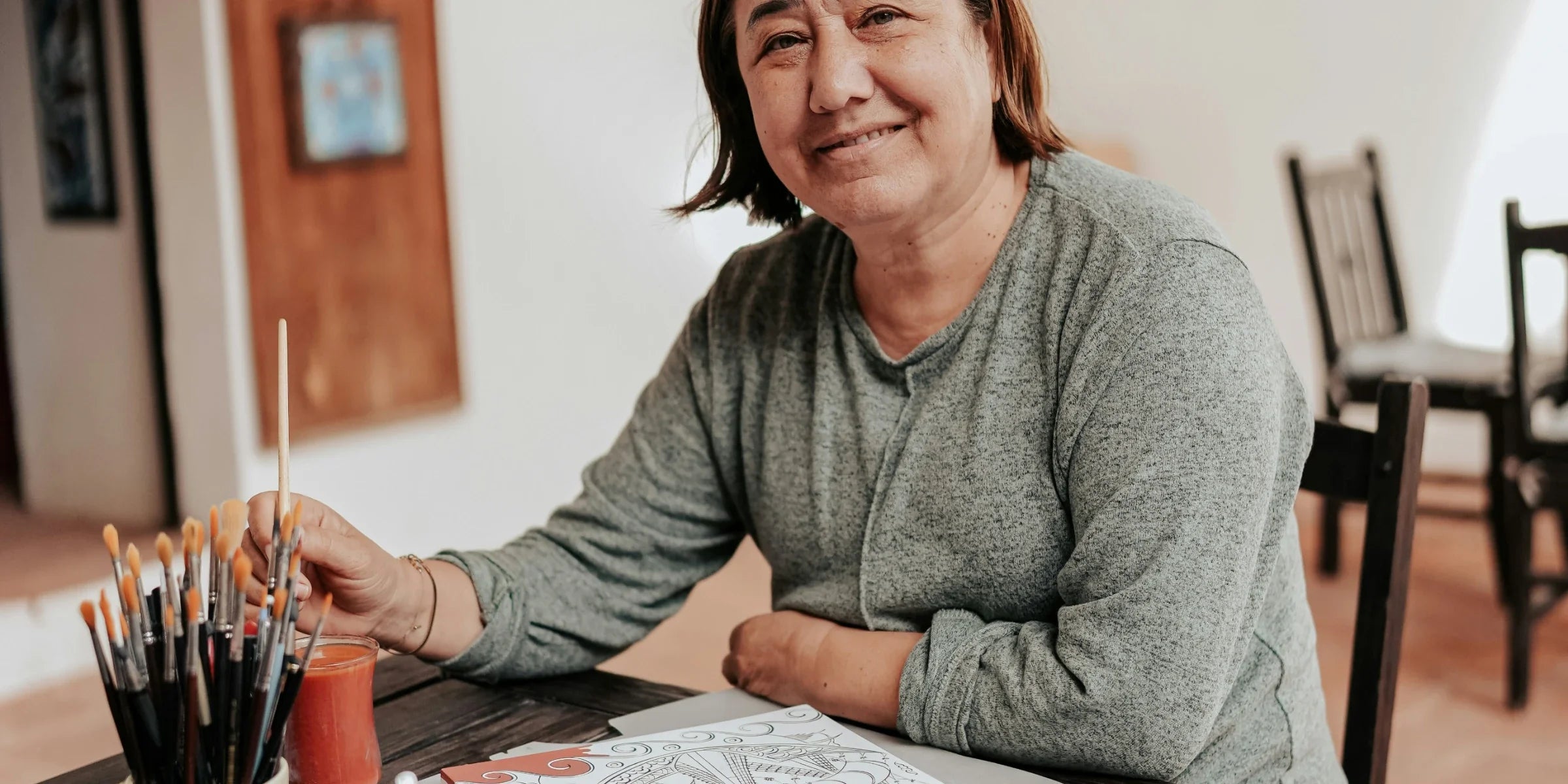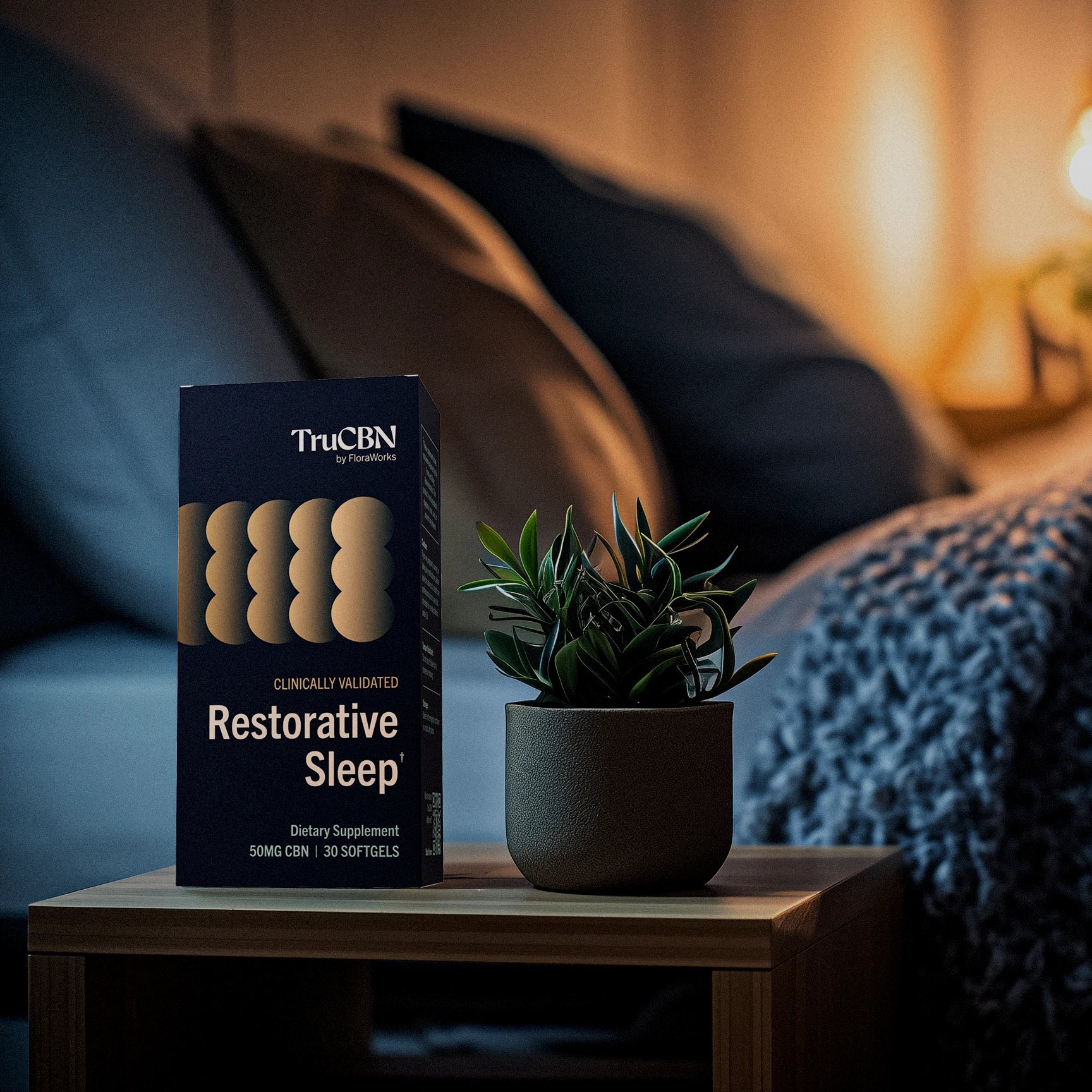The Connection Between Good Sleep and Enhanced Creativity

Introduction
Sleep is a fundamental pillar of human health, influencing not only physical well-being but also cognitive functions such as memory, problem-solving, and creativity. Numerous studies have demonstrated that quality sleep plays a critical role in enhancing creative thinking, enabling individuals to make novel connections and develop innovative solutions. Conversely, insufficient or poor-quality sleep can disrupt these processes, leading to diminished dynamic thinking and inconsistent creative output.
In this article, we explore the intricate connection between sleep and creativity, delving into the science behind sleep stages and their impact on cognitive function. We’ll also examine the consequences of poor sleep on creativity and highlight practical strategies for leveraging sleep to unlock creative potential.
The Role of Sleep Stages in Creativity
Sleep Onset and Creative Insight
The early stages of sleep, particularly N1 or hypnagogia, hold immense potential for boosting creativity. During this light sleep phase, the brain transitions from wakefulness to sleep, allowing for unique cognitive phenomena like fleeting thoughts and spontaneous associations.
Research conducted by the Paris Brain Institute highlights the impact of the hypnagogic stage on creative problem-solving. In one study, participants who reached this stage during a short nap were nearly three times more likely to solve a challenging numerical task than those who remained awake. This finding underscores the brain’s capacity to process and reorganize information creatively during the transition to sleep.
Practically, individuals can harness the power of N1 sleep by engaging in deliberate rest periods with a focus on problem-solving tasks beforehand. Keeping a notepad nearby to jot down emerging ideas can also be a valuable technique.
REM Sleep and Associative Thinking
REM (rapid eye movement) sleep is another critical stage for creativity, known for its role in fostering associative thinking. During REM, the brain’s neural networks become highly active, forming connections between seemingly unrelated ideas. This stage enables individuals to think “outside the box” and approach problems with fresh perspectives.
Studies have consistently shown that REM sleep enhances the brain’s ability to integrate disparate information, a key component of creative thinking. For instance, research demonstrates how REM facilitates the generation of novel solutions in complex scenarios. Additional studies suggest that insufficient REM sleep can significantly impair one’s ability to form innovative associations. By prioritizing sufficient REM sleep, individuals can unlock this unique cognitive advantage.
Napping and Creativity
Short naps, particularly those encompassing the N1 stage, offer a practical and accessible way to boost creativity during the day. According to the National Institutes of Health, brief naps can reinvigorate the mind and enhance problem-solving skills. This aligns with historical anecdotes about figures like Thomas Edison, who famously relied on short naps to spark innovative ideas.
To maximize the benefits of napping for creativity, experts recommend limiting nap duration to 10-20 minutes. This approach prevents sleep inertia—a groggy feeling upon waking—while still allowing the brain to recharge and reorganize thoughts effectively.
Innovative Techniques to Enhance Creativity Through Sleep
Targeted Dream Incubation (TDI)
Targeted Dream Incubation (TDI) is a cutting-edge technique that involves guiding the content of dreams to enhance creativity. Researchers from MIT and Harvard have demonstrated that TDI can be used to direct the brain’s focus during the hypnagogic stage, leading to increased creative performance in related tasks.
In their study, participants were asked to think about specific topics before falling asleep. The resulting dreams often contained elements of these prompts, and upon waking, participants exhibited heightened creativity in brainstorming and problem-solving tasks, leading to increased creative performance in related tasks. TDI offers exciting possibilities for industries requiring high levels of innovation, from advertising to scientific research.
Lucid Dreaming as a Tool for Creativity
Lucid dreaming—the ability to become aware of and control one’s dreams—is another promising avenue for enhancing creativity. During lucid dreams, individuals can actively explore imaginative scenarios, rehearse ideas, or solve problems in a vivid, consequence-free environment.
Research has linked lucid dreaming to improved problem-solving abilities and creative thinking. Techniques such as keeping a dream journal, practicing reality checks, and using meditation can help individuals cultivate the skill of lucid dreaming. This intentional engagement with dreams offers a unique method to access and expand creative potential.
Consequences of Poor Sleep on Creativity
Cognitive Impairments and Reduced Creative Thinking
Sleep deprivation—whether due to inadequate sleep duration or poor quality—can significantly impair cognitive functions, including creativity. Fatigue hampers the brain’s ability to process information, form connections, and generate novel ideas. A systematic review published in the Creativity Research Journal highlights the mixed effects of sleep deprivation on creativity, with most studies reporting negative impacts.
When individuals are sleep-deprived, they may struggle with tasks requiring structured thinking, such as organizing ideas or evaluating the feasibility of creative solutions. Over time, chronic sleep deprivation can erode overall cognitive flexibility, further diminishing creative output.
Complex Impact of Sleep Deprivation on Creative Cognition
Interestingly, some research suggests that sleep deprivation may enhance certain aspects of creativity, such as divergent thinking. Divergent thinking involves generating multiple solutions to a problem and is often characterized by unconventional or out-of-the-box ideas. The paradoxical effects of sleep deprivation—where it simultaneously impairs structured thinking but stimulates unconventional ideas—highlight the complexity of its impact on creativity.
However, these potential benefits are typically short-lived and come at the cost of overall cognitive health. Balancing sufficient rest with periods of creative stimulation is essential for sustainable innovation.
Poor Sleep Quality and Imagination
While poor sleep quality often hinders cognitive performance, it may paradoxically enhance certain elements of imagination. A study published in the journal Sleep found that individuals with disrupted sleep patterns reported more complex, goal-directed imaginings reported more complex, goal-directed imaginings. This phenomenon may stem from the brain’s attempts to compensate for impaired functionality by intensifying creative output in specific areas.
Nevertheless, relying on poor sleep as a strategy for creativity is neither practical nor sustainable. Chronic sleep disturbances are linked to long-term cognitive decline, emotional instability, and physical health issues. Striking a balance between rest and creative stimulation is vital for achieving optimal results.
This exploration highlights the profound connection between sleep and creativity, emphasizing the importance of understanding and optimizing sleep stages to unlock innovative potential. Building on these insights, we now turn to practical strategies for harnessing sleep effectively, along with the societal implications of fostering creativity through improved rest.
Practical Strategies for Leveraging Sleep for Creativity
Optimizing Sleep Hygiene
Maintaining consistent sleep patterns is fundamental to unlocking the cognitive benefits of rest. Research indicates that individuals who adhere to regular sleep schedules experience improved mental clarity and creativity. Strategies to enhance sleep hygiene include limiting screen time before bed, creating a comfortable sleep environment, and avoiding stimulants like caffeine in the evening.
Improving sleep hygiene also involves aligning sleep timing with natural circadian rhythms. Emerging studies suggest that people who sleep and wake at regular intervals experience increased brain plasticity, a critical factor for innovative thinking and problem-solving. For individuals in high-stakes creative industries, adopting a routine that prioritizes consistent rest can lead to significant improvements in performance.
Incorporating Napping into Daily Routines
Napping has been shown to boost productivity and creative problem-solving. Experts recommend brief, targeted naps of 10-20 minutes to avoid disrupting nighttime sleep while still reaping the cognitive rewards. Historical examples, such as the practices of Salvador Dalí, who utilized micro-naps to inspire artistic innovation, underscore the value of this habit.
Organizations can also adopt workplace napping policies to foster innovation. For example, companies like Google have introduced nap pods and quiet rooms for employees, creating environments that encourage rest and recovery during the workday. Research has shown that even brief naps in professional settings can enhance brainstorming sessions and collaborative problem-solving.
Using Dream Journals to Foster Creativity
Dream journaling can serve as a valuable tool for recording subconscious insights and fostering creative breakthroughs. Keeping a journal by your bedside allows you to capture ideas that arise during hypnagogia or REM sleep. Studies suggest that individuals who consistently document their dreams are more likely to experience enhanced problem-solving abilities and imaginative thinking.
Dream journaling also aids in recognizing patterns and themes that emerge during sleep. By reflecting on these entries, individuals can identify recurring motifs or ideas that may serve as creative inspiration. Techniques such as recording vivid imagery or exploring unresolved dream narratives can deepen one’s engagement with the creative process.
Leveraging Technology for Sleep Optimization
The rise of wearable technology has revolutionized how people monitor and improve their sleep. Devices such as fitness trackers and smartwatches can provide detailed insights into sleep patterns, including time spent in REM, light, and deep sleep stages. By analyzing this data, individuals can make informed adjustments to their routines to enhance creativity. Apps designed for dream incubation or mindfulness, such as Headspace or Reveri, offer guided practices that align sleep with creativity goals.
Societal Implications of Sleep and Creativity
Enhancing Workplace Innovation
Organizations can promote creativity by fostering better sleep hygiene among employees. Initiatives such as flexible working hours, nap pods, and mindfulness programs can significantly improve cognitive performance and innovation. Companies like Google and Nike have pioneered such approaches, demonstrating the link between well-rested employees and higher productivity.
Moreover, integrating sleep science into corporate wellness programs can create a culture that values rest as a vital component of success. For industries that rely on sustained creativity—such as technology, marketing, and design—these measures can lead to measurable gains in innovation and output.
Sleep Education in Schools
Teaching students about the relationship between sleep and creativity can have long-term benefits for cognitive development and academic performance. Educational programs that integrate sleep hygiene practices, along with opportunities for guided napping or mindfulness exercises, can help nurture the creative potential of younger generations.
Educational institutions can also incorporate lessons on the science of sleep into curricula, emphasizing its importance for mental health and learning. Early interventions that encourage healthy sleep habits may help students develop the resilience and creative thinking skills needed for future challenges.
Conclusion
The profound connection between sleep and creativity underscores the importance of prioritizing rest in our daily lives. By understanding the unique roles of different sleep stages, such as N1 and REM, we can harness their benefits to enhance problem-solving, associative thinking, and imagination. Techniques like Targeted Dream Incubation, lucid dreaming, and dream journaling provide innovative ways to tap into the creative power of sleep.
However, the negative impacts of sleep deprivation on cognitive flexibility and structured thinking highlight the need for balanced and consistent rest. Both individuals and organizations can take practical steps, such as optimizing sleep hygiene, incorporating naps, and fostering a culture of rest, to unlock sustained creativity and innovation. By valuing and leveraging sleep, we pave the way for a more imaginative, productive, and healthier society.





